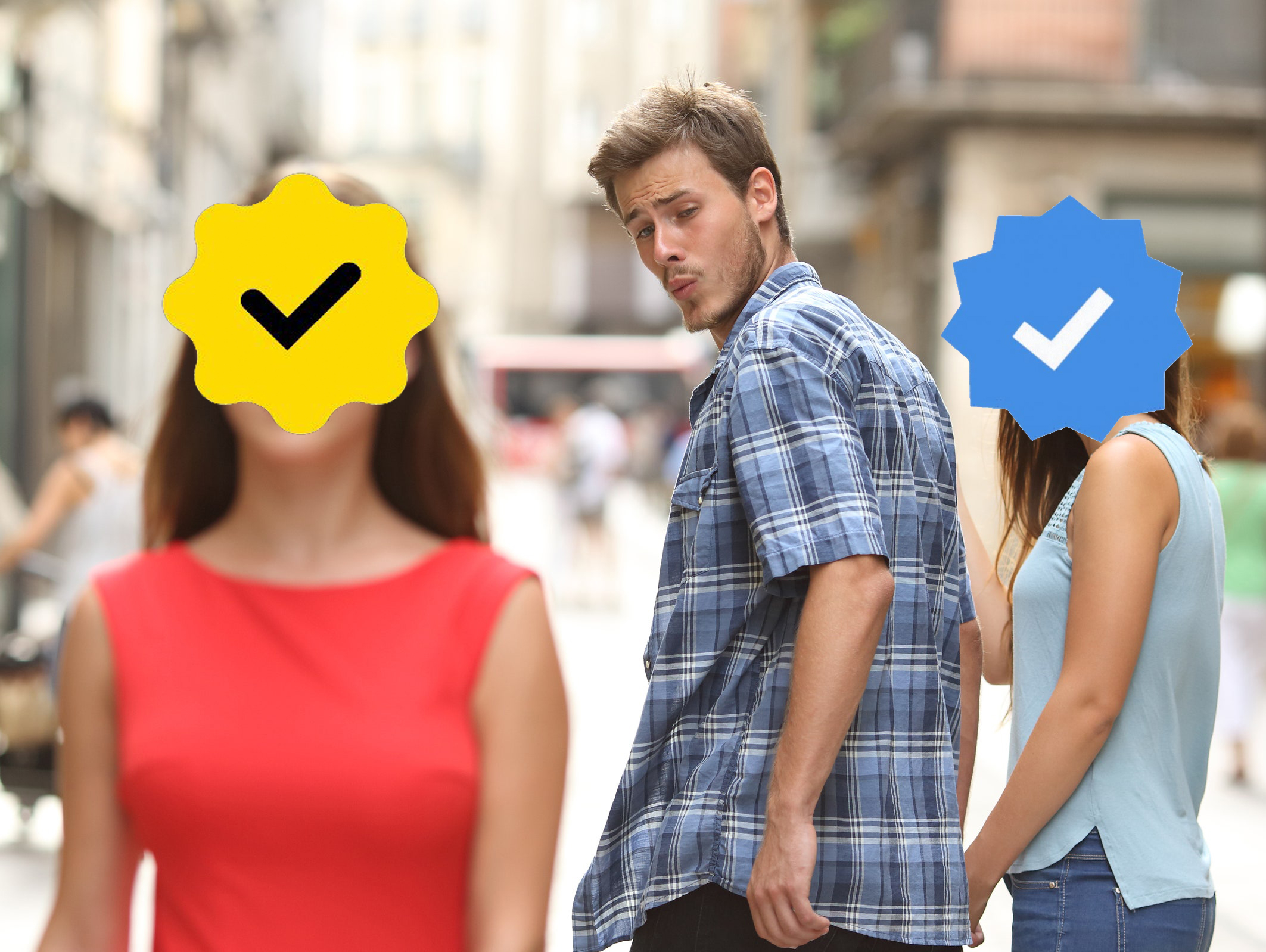OPEN ASSEMBLY
Experiments in Aesthetics and Politics









































CTRL: the Carceral Technologies Reading List
As part of the West Hollywood and Aesthetics and Politics lecture series, Black Out!, Brian Jefferson, Associate Professor of Geography and Geographic Information Science at the University of Illinois and author of Digitize and Punish, delivered a talk sharing his research on carceral technology. His book addresses the concerning potential dangers of data-led law enforcement facilitated through Smart Cities and the Internet of Things.
If you or someone you know would like to engage these topics further, the CalArts Aesthetics & Politics second-year cohort has collaborated on a list of recommended reading materials that offer additional insight on current abolitionist discourse, the non-neutrality of algorithms and data, and how tech affects government decisions around policy and law enforcement.
Data Sourcing | Algorithmic Bias | Predictive Policing | AI
Digitize & Punish, Brian Jefferson. Jefferson’s book addresses the concerning potential outcomes surrounding the intersection between emerging technologies and the American police state.
Algorithms of Oppression: How Search Engines Reinforce Racism, Safiya Umoja Noble. In Algorithms of Oppression, Noble explains data discrimination embedded in search engines and how algorithms learn biases from humans. Her book focuses on the perpetuation of oppression against women of color. Noble is an associate professor at UCLA, and is the Co-Founder and Co-Director of the UCLA Center for Critical Internet Inquiry.
New Dark Age, James Bridle. Using examples from art, technology, and information systems, artist and writer James Bridle gives a dystopian account of the unforeseen and incomprehensible network effects of our reliance on and hitherto blind faith in technology.
Race After Technology: Abolitionist Tools for the New Jim Code, Ruha Benjamin. In her most recent book, Benjamin presents the idea of “the New Jim Code” to describe how white supremacy permeates the digital resources that often masquerade as neutral or benevolent. Benjamin is an Associate Professor in the Department of African American Studies at Princeton University and founder of JUST DATA Lab.
Captivating Technology: Race, Carceral Technoscience, and Liberatory Information in Everyday LIfe, edited by Ruha Benjamin. Several contributors to Captivating Technology offer incisive critiques on topics such as predictive policing, electronic ankle monitors, and surveillance systems, as well as possible solutions to reimagine carceral technologies for liberatory ends. From the Duke University Press: “this volume culminates in a sustained focus on justice-oriented approaches to science and technology that blends historical, speculative, and biographical methods to envision new futures made possible.”
Automating Inequality: How High-Tech Tools Profile, Police, and Punish the Poor, Virginia Eubanks. This book is an investigation of the impacts of data mining, policy algorithms, and predictive risk models on marginalized peoples in the United States. Eubanks uses case studies to illustrate how technology can reinforce socioeconomic divisions by algorithmically grouping individuals that seem numerically alike, targeting and disproportionately punishing them. Eubanks is the cofounder of Our Knowledge, Our Power (OKOP) and is Associate Professor in the Department of Women’s Studies at the University at Albany, SUNY.
Before the Bullet Hits the Body. This comprehensive text written by Stop LAPD Spying Coalition details the anti-Blackness and racism implicit in data collection, crime reporting, and more done by the police state. This text reveals racial biases in crime data, capitalistic incentives to incarcerate and criminalize Black and Brown people, and the hierarchies in place that ensure the continual imprisonment of marginalized communities.
Carceral Tech in the News | Carcerality and Aesthetics
“Doorbell-camera firm Ring has partnered with 400 police forces, extending surveillance concerns”, Drew Harwell for The Washington Post. Hundreds of police departments now have access to footage captured on Ring—a doorbell with an Internet-connected camera. In this partnership—referred to by Ring as the “new neighborhood watch”—nonstate actors are made active participants in state surveillance. Critiques of such an alliance between tech companies and police include the potential to exacerbate racial profiling and criminalize ambiguous “suspicious behavior”.
The Microsoft Police State: Mass Surveillance, Facial Recognition, and the Azure Cloud, Michael Kwet for The Intercept. This piece details Microsoft’s involvement in developing surveillance technology, such as their IoT Patrol Car and CCTV system. This is one of the few sources on this list written after the senseless deaths of George Floyd and Breonna Taylor.
Surveillance | Panopticism
The Age of Surveillance Capitalism, Shoshana Zuboff. By allowing corporations to collect troves of consumer data, consumers have unwittingly given corporations enormous power to predict and control our choices and behavior for profit. Zuboff raises the alarm on this relinquishment of power to unelected actors and calls for more robust democratic oversight.
Discipline and Punish: The Birth of the Prison, Michel Foucault. Discipline and Punish is one of the most influential philosophical examinations of modern imprisonment and modes of punitive power. Foucault traces the modern transition from the punishment of the criminal body (e.g. torture and execution) to the correction of criminal behavior (hence “correctional facilities”). One of the book’s central considerations is the panopticon, an 18th century architectural design used for carceral surveillance. Foucault asserts that the panopticon has become a model to surveil and control entire societies, not only groups deemed “criminal”.
Dark Matters: On the Surveillance of Blackness, Simone Browne. Browne takes a materialist approach to inscribed racialized schemas in information technology, biometric systems and securities. In looking at the propriatization of racialized bodies, Browne considers consequences of algorithmically measuring and cataloging performances of the human body coded as data for identification, classification, and criminal forensics.
Facial Weaponization Suite, Zach Blas. Blas’ performative project is designed to subvert facial recognition technologies by creating “collective masks” which aggregate facial data from participants, creating misshapen masks that cannot be read or processed by biometric facial recognition technologies.
A Theory of the Drone, Gregoire Chamayou. In A Theory of the Drone, French philosopher Grégoire Chamayou investigates themes of surveillance and automation and their relationship to a citizen during times of warfare. Unlike some of the other literature listed, this book does not delve specifically into American policing. However, Chamayou’s philosophical approach to automated martial control and the complexity of government protection is at times chillingly parallel to questions that arise in contemporary discourse surrounding the responsibility of law enforcement.
The Wikileaks Files. Wikileaks. A collection of essays on the Wikileaks incident and the role of international surveillance in US foreign policy.
The Smart City | “Internet of Things”
Smart Cities: Who Cares?, Ryan Burns and Max J. Andrucki. Smart City: Who Cares? explicates how smart cities are predicated on the production of “ideal” subjects; data producers and analyzers that enable the proliferation of the smart city. Introducing the term “digital care workers”, Burns and Andrucki expand on the category of invisible labor that uses assimilationist rhetoric to essentialize voluntary labor of women, BIPOC and LGBTQ communities. Looking at promotional materials from data advocacy organizations, they point to the dialectical relation between the invisibility of digital care labor and the ways it spectacularized body-subjects as carers of the smart city.
Smart cities: A cheat sheet, Teena Maddox for TechRepublic. This somewhat optimistic take on the technological urban space is a comprehensive look at the tech sphere’s perspective on interconnectivity and optimization. This piece may lend more insight as to why people in power may pursue the achievement of a Smart City, and it also clears up some definitions and understandings which are considered industry standard.
What is the IoT? Everything you need to know about the Internet of Things right now, Steve Ranger for ZDNet. ZDNet describes itself as a source for “breaking news, analysis, and research [keeping] business technology professionals in touch with the latest IT trends, issues and events.” This updated article is designed to be a one-stop primer for answering the question, “What exactly does ‘Internet of Things’ mean?”
The IoT threat to privacy, Christine Bannan for TechCrunch. Published in 2016, this brief piece scratches the surface of the privacy we sacrifice in developing increasingly ‘smart’ devices and technologies.
Industrialization | Infrastructure | Spatial Justice | Activism
Hollow Land, Eyal Weizman. Weizman examines Israel’s occupation of Palestine and system of surveillance and how it is enacted through the weaponization of architecture and infrastructure.
Cities Under Siege: The New Military Urbanism, Stephen Graham. Cities Under Siege traces the spread of political violence through rapidly expanding surveilled urban areas. Looking at urban terrain in the context of Western military and security infrastructure, Stephen Graham positions inhabitants of cities as targets that are continuously surveilled. Thinking through the militarization and surveillance of city spaces, Graham provides us with an in depth look into how ‘military urbanism’ is not passive in the propagation of state violence and surveillance, but is produced by city spaces and permeates contemporary urban life.
Not a Moment in Time…Building Power Against the War on Youth. This is an accessible text with visual aids that provides context behind the historical misuse of data, land, and power by the police to target Black and Brown people. This zine goes through the historical displacement of Native Americans, criminalization of Black folks, and purposeful placement of bodies that has been active since the inception of American police forces. This historical context is then synthesized in a concept known as the “War on Youth” that is now more threatening than ever with the onset of COVID-19 being utilized as a means of capital gain, oppression of Black and Brown people, and exhaustion of young people.
The House that Herman Built, Herman Wallace and Jackie Sumell. A collaboration between artist Jackie Sumell and Herman Wallace, a Black Panther Member and former inmate at Louisiana State Penitentiary held in solitary confinement for one of the longest periods in American prison history. Over a series of letters with Sumell, Wallace imagines his dream house once released from the 6’x10′ cell. Through over 300 letters from Wallace, Sumell actualizes the home through a scale model and digital re-creation.
Prison Abolition
Are Prisons Obsolete?, Angela Davis. In this seminal work, Davis debunks the cultural and political myth that prisons reduce crime and reform individuals. Davis brings crucial attention to how prisons quietly generate massive profits from the labor of incarcerated people, creating incentive to maintain high rates of racialized incarceration. She proposes a movement for decarceration as the American carceral system is functioning as-designed and thus cannot be reformed.
Golden Gulag, Ruth Wilson Gilmore. Golden Gulag examines the symbiotic relationship between racial capitalism and the prison industrial complex. Gilmore provides a detailed account of California’s historic prison expansion project to better understand the national phenomenon of mass incarceration.

